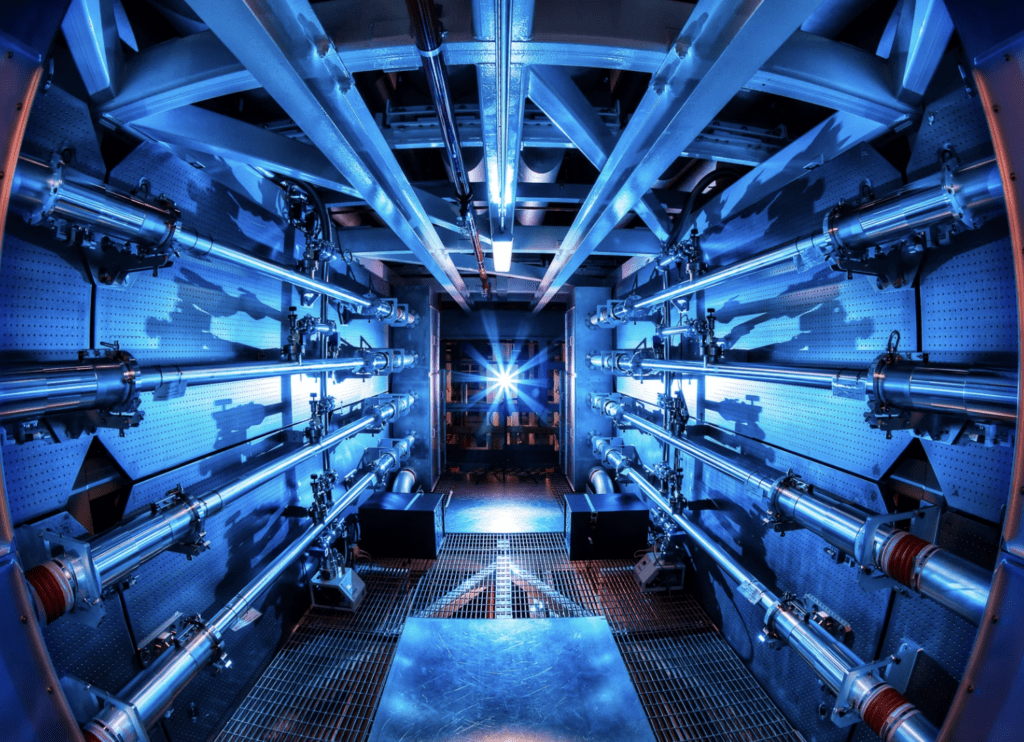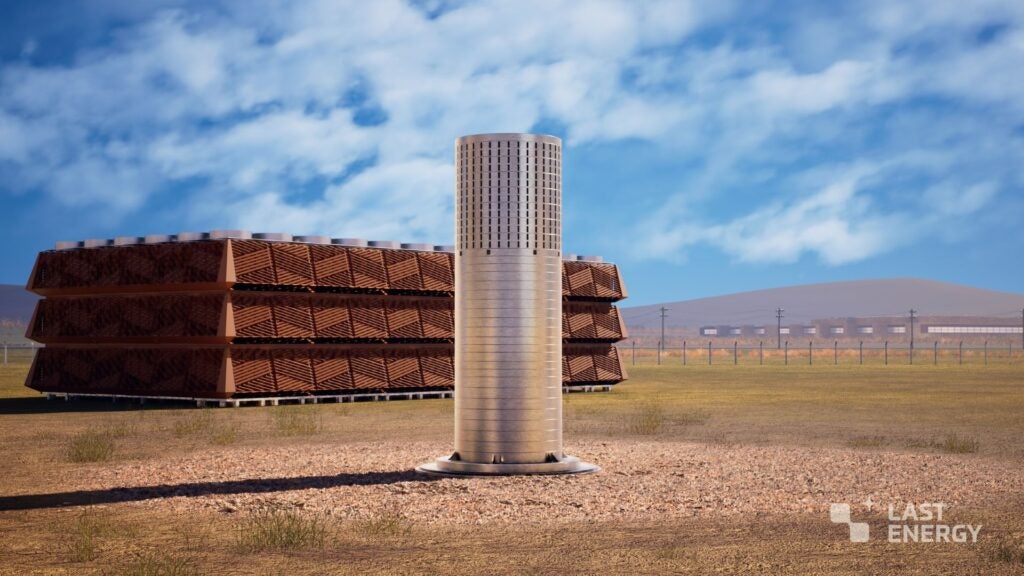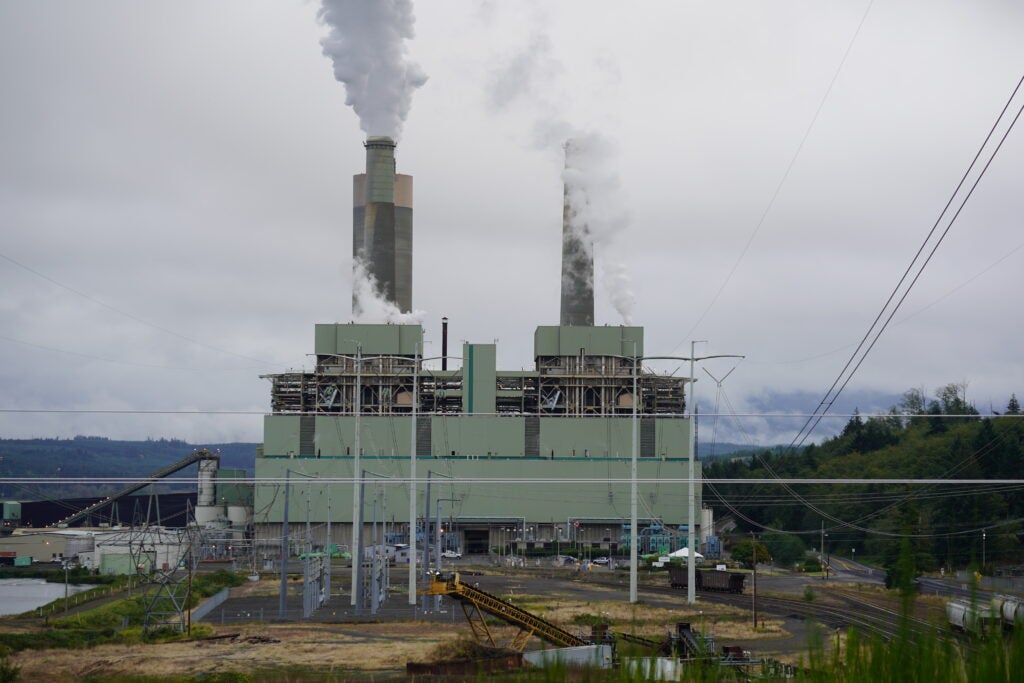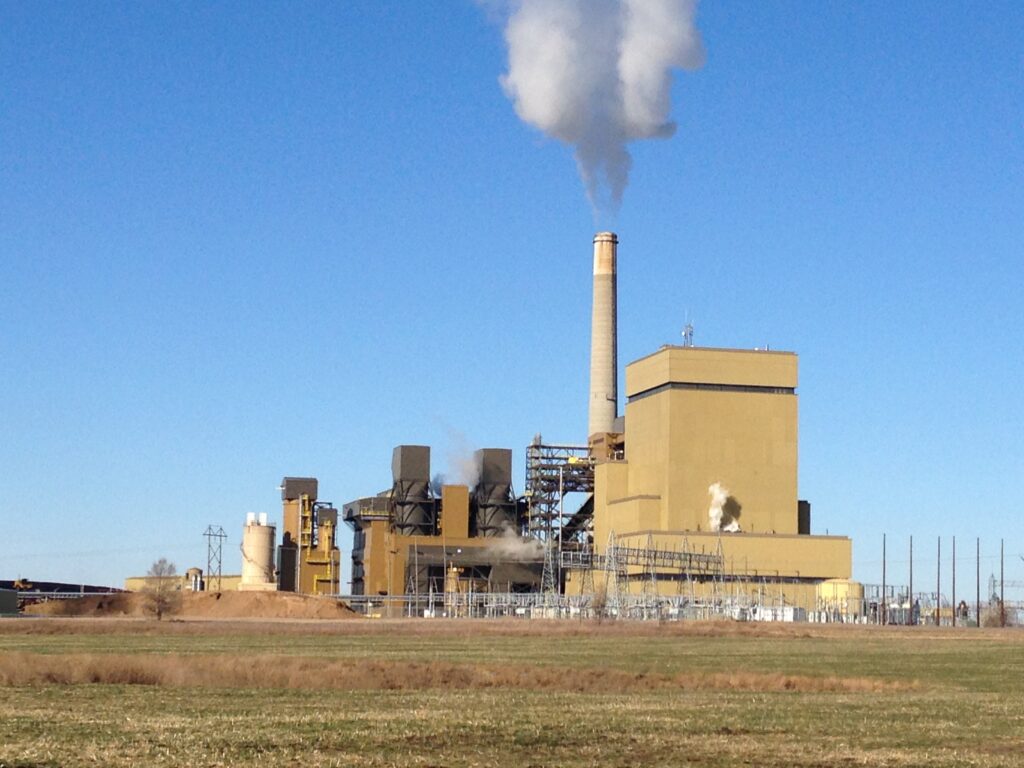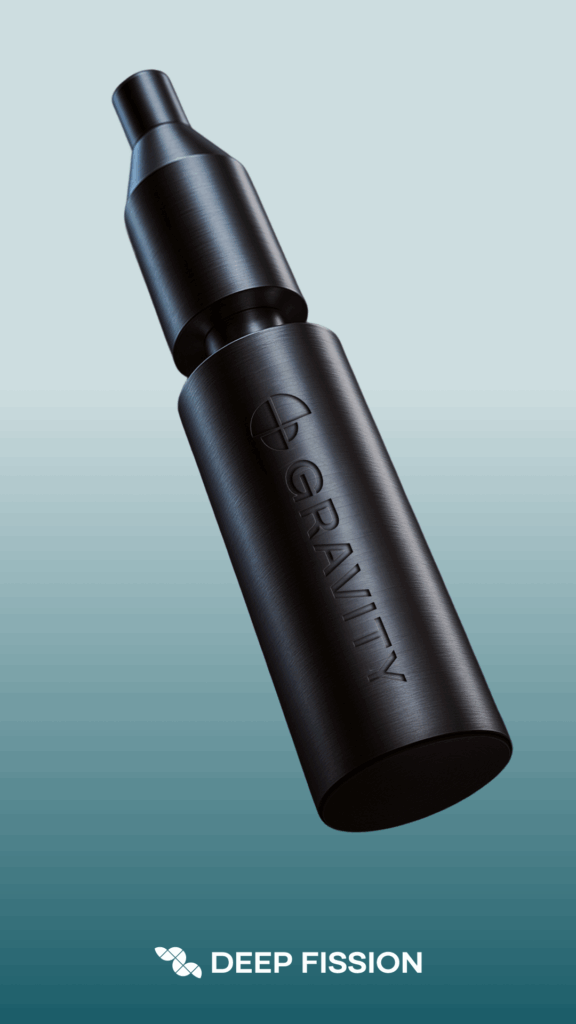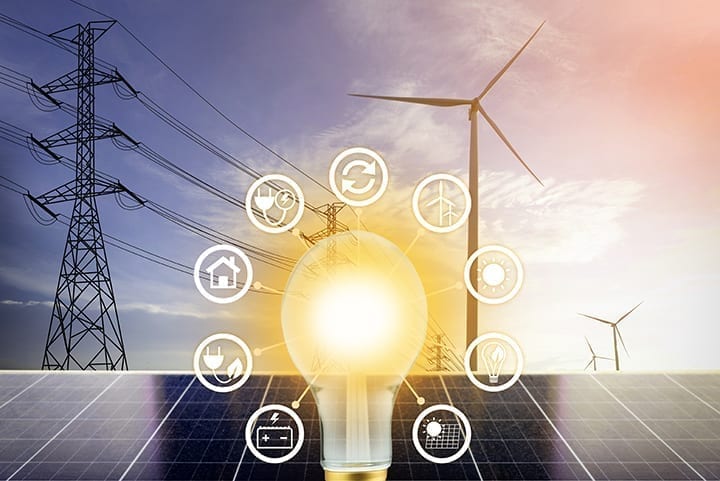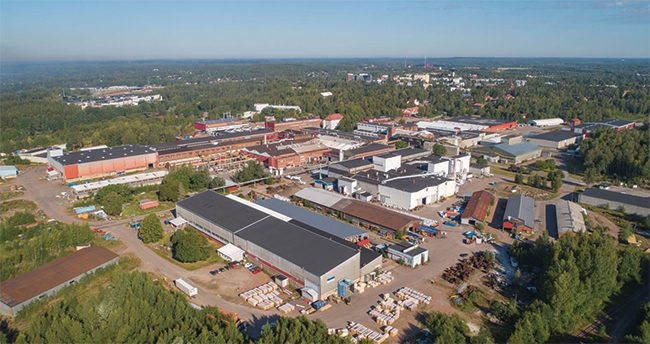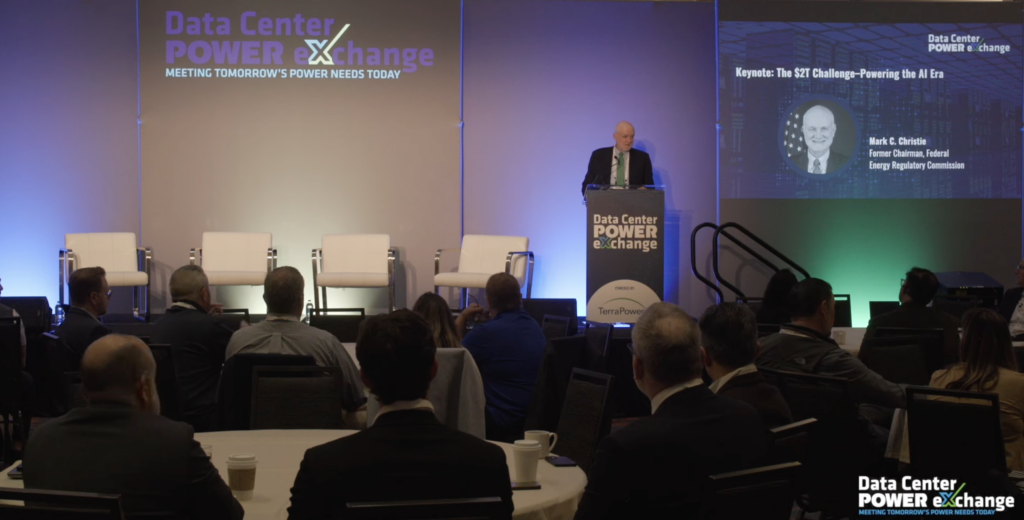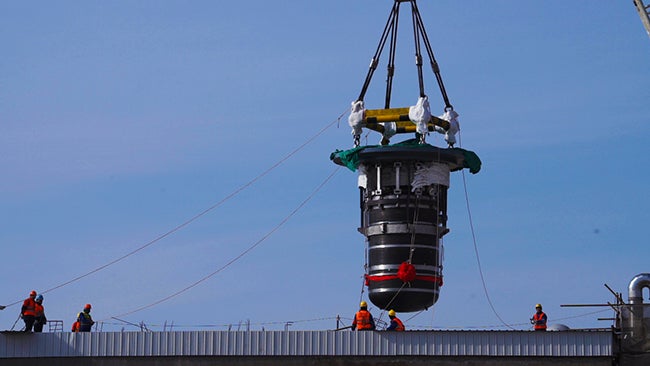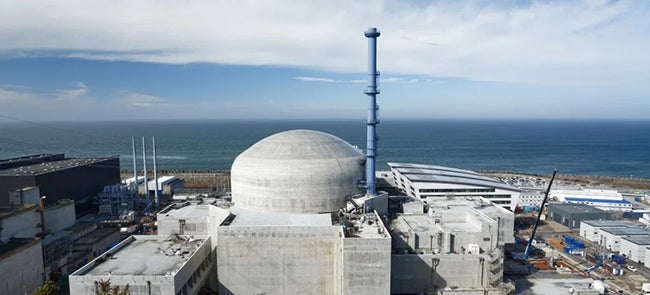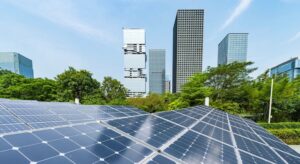
Nations around the world are undergoing a seismic shift, switching from fossil fuels to renewable energy to meet net-zero targets. But one sector is set to dominate new demand—buildings.
Today, the energy used to create, cool, heat, light, and power equipment in buildings currently accounts for about a third of global energy use. Buildings also contribute to nearly 28% of energy-related carbon emissions. However, over the next decade the built environment sector is expected to make up almost half of the growth in global electricity demand, according to projections by the International Energy Agency.
This dramatic surge in energy demand could pose a serious climate risk and a design opportunity. It could result in soaring emissions and push grid systems to their limits. However, with smart, sustainable building design, this catastrophe can be avoided.
Why Electricity Demand from Buildings Is Rising
Population growth and urbanization, especially in developing countries, is expected to result in 2.5 billion more people moving to urban areas by 2050, according to the United Nations. Indeed, by 2030, it is expected there will be 43 mega cities—those with more than 10 million inhabitants—compared to 31 today. These people will need homes powered by electricity.
Residents of these vast cities are also becoming wealthier and are increasingly purchasing electronic devises. Air-conditioning demand in India, for example, is due to increase 15% to 20% a year, ultimately reaching eight times the 2017–2018 consumption level by 2037–2038. In Nigeria, sales of washing machines are expected to increase by 6.38% a year from 2025 to 2030.
The adoption of artificial intelligence (AI) is resulting in much higher electricity consumption from data centers too. In the U.S., data center capacity is expected to more than triple from 25 GW in 2024 to 80 GW by 2030.
Finally, as the cost of renewable energy falls and governments continue to put pressure on industries and individuals to decarbonize, fossil fuels will be phased out in favor of electricity, thus causing electricity demand to sharply accelerate. This demand will be compounded by the increasing need to cool buildings, which is expected to double by 2035 and triple by 2050, according to the International Energy Agency, due to the increasing frequency and severity of heatwaves.
The Design Opportunity: Smarter, Leaner, Cleaner Buildings
Fortunately, there are plenty of simple solutions to manage this growing demand for energy. One of the most powerful solutions is the passive design of a building. Measures such as building orientation, insulation, window placement, glazing, and shading can reduce energy demand by up to 90% in some climates.
Intriguingly, many energy saving solutions can be found in nature and applied to the built environment via the practice of biomimicry. African termite mounds maintain a constant internal temperature despite punishing heat outside due to their intricate design with natural ventilation. The Eastgate Centre in Harare, Zimbabwe, has a porous surface that stores and releases heat during the day to night cycle. It mirrors the termite’s intricate design allowing the building to naturally regulate temperature and humidity. Such principles should ideally be embedded early in a design, but old buildings can also be successfully retrofitted.
Equally, by employing energy efficiency innovations such as LED lighting, high-efficiency HVAC (heating, ventilation, and air conditioning) systems, smart building management systems, which can integrate with weather forecasts, occupancy, and energy tariffs, you can slash a building’s energy consumption by 20% to 40%.
Adding solar panels and battery storage to buildings allows them to generate, store, and export excess energy to the grid. They allow a building to participate in a decentralized and flexible energy future. In a three-bedroom home the UK, this typically allows a homeowner to meet about 60% to 90% of their energy needs. For a standard UK solar and battery installation, you can expect to break even after about six to eight years.
What’s changing rapidly is how accessible and integrated these solutions are becoming. At EQONIC Group, we focus on accelerating the transition to net zero, delivering smart, end-to-end energy storage systems that work across both residential and commercial properties. Our approach combines renewable energy generation with installation and long-term maintenance, making it easier for property owners to decarbonize and future-proof their buildings.
Lastly, considering using smarter low-carbon construction materials, such as cross-laminated timber, recycled steel, hempcrete, or geopolymer cement, can drastically reduce embodied emissions for buildings. Smart construction techniques such as modular and prefabricated construction also limit waste and allow for precision manufacturing of energy efficient components.
The buildings we design today will shape our electricity demand for decades to come. By sticking to business as usual, demand could soon outstrip supply, raising the risk of blackouts, price volatility, and rampant emissions increases. But by creating buildings designed ready for the net-zero era now, we can curb future energy use while enhancing comfort and wellbeing for occupants.
Buildings don’t have to be passive consumers of energy; they can become active prosumers. With smart design, ambitious policy, and expert guidance, the built environment can lead the way in tackling our energy and climate challenges.
—Alanna Loder-Symonds is sustainability director at EQONIC Sustainability.



